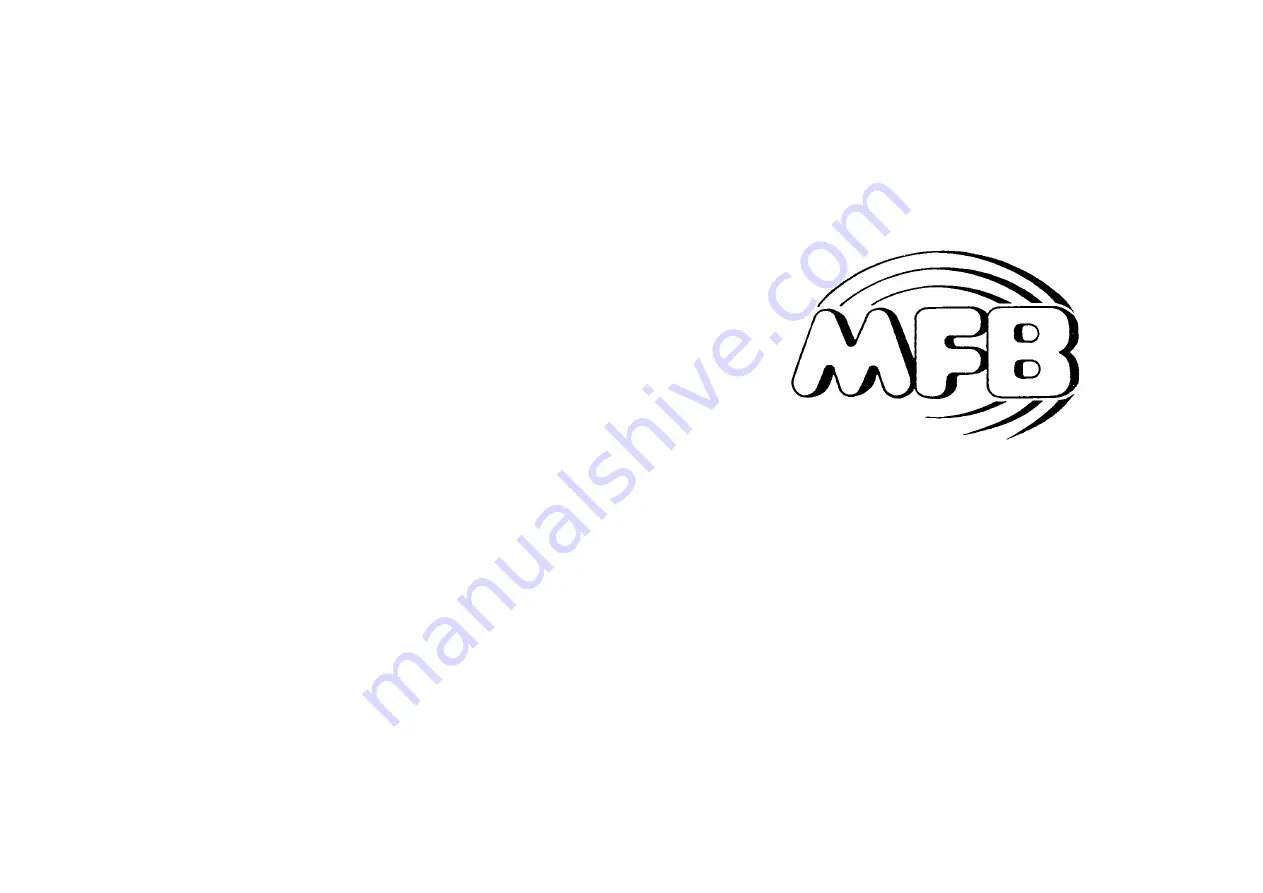
OSC 3
OSC3 is widely identical to OSC1. Octave and waveforms are selected just like on OSC1.
Here, the octave selection is shifted an octave down, much like on a sub-oscillator.
However, using the Octave3 switch and Interval3 control, you can always set OSC3 to the
same pitch as OSC1 and OSC2 or create any possible interval.
Independent pitch control is achieved by using input CV3, compared to common control
through the mainframe bus or CV1, CV2 inputs (with CV3 unpatched).
Additional voltage control for modulations like vibrato or pitch envelopes can be provided
through input CV6. Depending on the setting of the corresponding switch, the input voltage
controls either individual pitch (OSC3) or common pitch (ALL). This input accepts voltages
ranging between -5 and +5 volts. Control CV6 sets the modulation intensity.
OSC3’s audio output is Out3. With Out1 or Out2 not being patched, Out3 also carries the
signals of these oscillators.
Ring modulator
OSC-02 also includes a digital ring modulator. Its output is available at RingOut. The sound
is a result of the selected waveforms and the oscillators' pitches. Typically, the signals of
OSC1 and OSC2 are used for ring modulation. However, OSC3’s output may also be
included, by removing the Ring3 jumper located on the circuit board’s back (mid-left).
Hard-Sync
The OSC-02's oscillators can be synchronized internally or externally. OSC3 acts as master
when internally synced. Its lower pitch is best suited for this application. Depending on the
position of the Sync switch, either OSC1 or both OSC1 and OSC2 act as slaves. Inputs CV4
and CV5 allow the synchronized oscillators to be modulated by envelopes, LFOs or CV-
sequencer signals.
Any external signal send to input Sync In will replace OSC3 as sync-reference. A proven
choice as external sync signal is a square waveform. Other waveforms will often not deliver a
sufficient sync reference.
Calibration
Oscillators OSC1 ... OSC3 each offer a control to set their tuning (Tune1 ... Tune3). A second
set of controls allow calibrating the spreading (Cal1 ... Cal3).
Operating Manual
OSC-02 Module




















